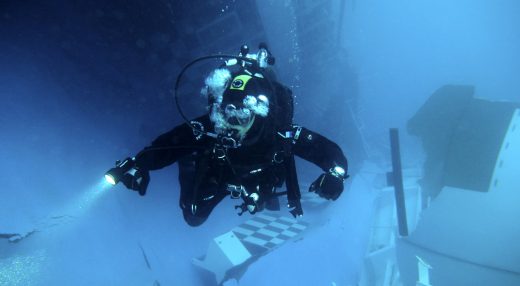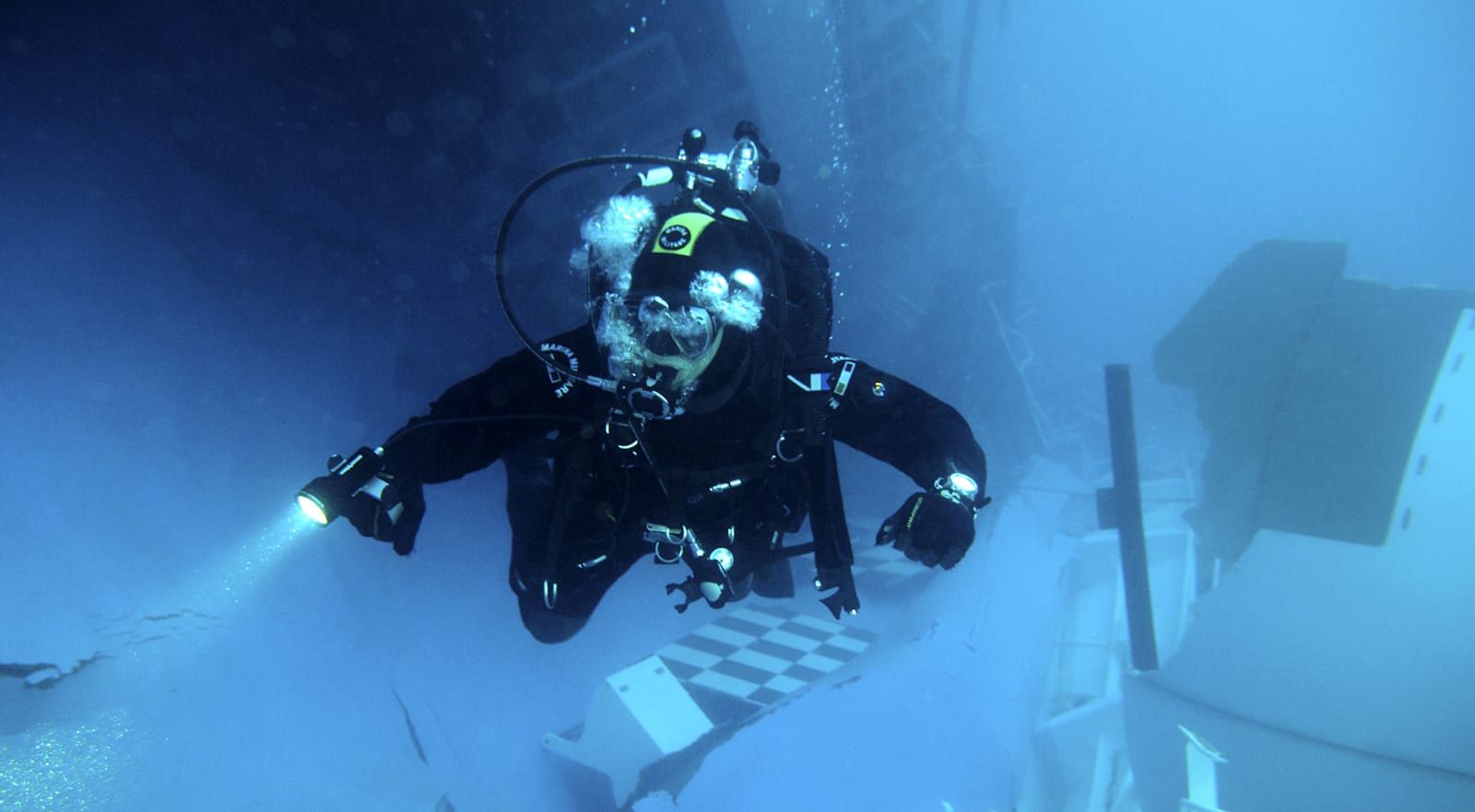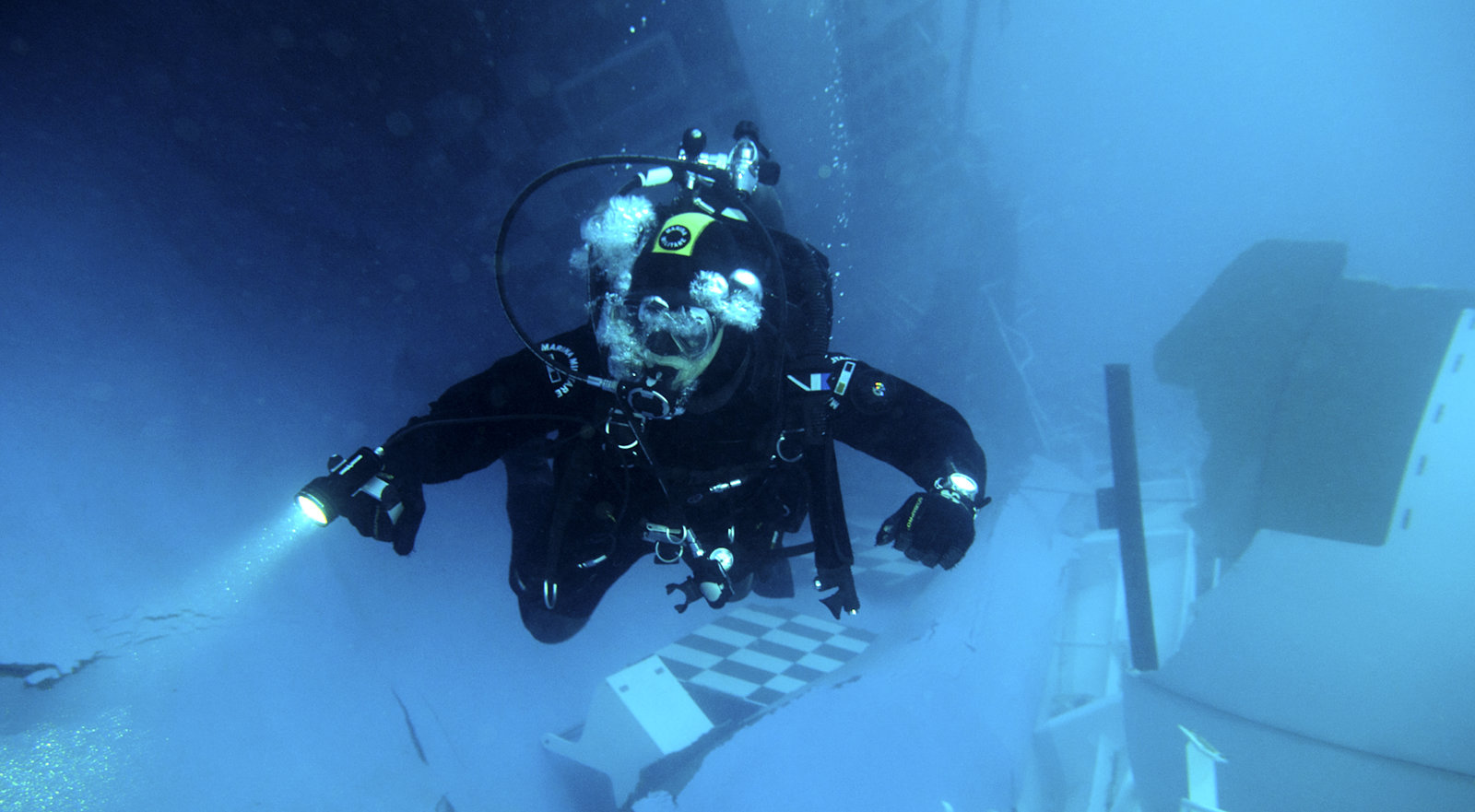Transmitter tech opens the door to underwater radio
It’s easy to take modern wireless communication for granted above ground, but it’s useless in areas where the signals can’t propagate, like underwater or in caves. DARPA might have a better way: its AMEBA (A Mechanically Based Antenna) team is developing portable ultra-low-frequency (1Hz to 3kHz) and very low frequency (3kHz to 30kHz) transmitters that could penetrate materials like water and stone with basic data. Scuba divers could send text messages to each other, for instance, while search and rescue teams could still contact the outside world while they’re in tunnels.
The basic concepts of ULF and VLF transmissions aren’t new. They’ve been used in the military for decades for contacting submarines and otherwise impractical feats. The challenge here is packing the necessary electromagnetic power into a relatively small space, since you’re physically moving materials with strong electrical or magnetic fields instead of relying on circuits and amps. Cold War-era VLF stations required vast amounts of land as well as towers hundreds of feet tall. The AMEBA group is counting on breakthroughs in design, insulators, magnets and engineering to make its vision a reality.
The ball will get rolling soon, at least. DARPA is talking to idea proposers on January 6th, and recent science has shown that there’s definitely room for more discoveries in magnetism. The project is unsurprisingly focused on military uses — special forces in particular could use it in situations where they’d otherwise have to go silent. However, it’s not a stretch to imagine these transmitters being useful in any situation where it would be virtually impossible to get in touch.
(47)
















